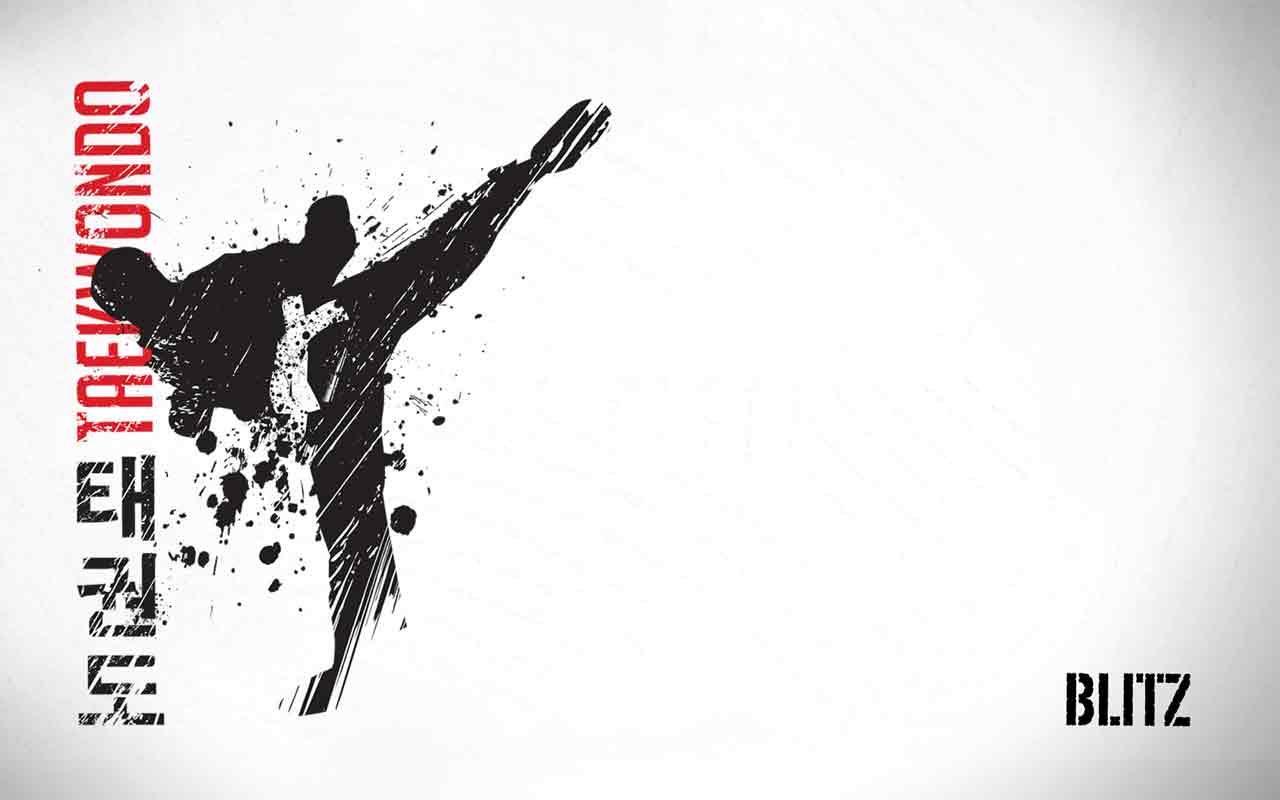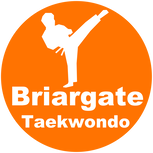When you step into a martial arts dojo for the first time, you’ll notice how each style carries its own unique energy. I’ve trained in both striking and grappling arts, and I can tell you they’re as different as chess and checkers. While a boxer might focus on throwing lightning-fast punches, a jiu-jitsu practitioner works to master the art of ground control. These contrasts aren’t just physical – they reflect deeper philosophical and cultural traditions that shape how fighters approach combat. Let’s investigate what makes each style truly distinctive.
Striking Vs Grappling: Understanding the Core Differences

Combat, in its purest form, reveals the stark differences between striking and grappling martial arts.
When you’re training striking techniques, you’ll focus on powerful blows and distance management to dominate standing exchanges. Taekwondo kicks remain a prime example of maintaining effective distance from attackers. Like the ITF patterns, many striking arts emphasize fluid, circular movements for maximum effectiveness. Recent data shows that 54% of UFC fights end in knockouts, demonstrating the effectiveness of striking techniques.
In contrast, grappling techniques require you to master tactical timing and close-range control techniques. The emphasis on joint submissions makes grappling particularly effective for neutralizing aggressive strikers.
Understanding these distinct approaches helps you navigate each style’s unique injury patterns and combat dynamics.

HOW ABOUT 4 WEEKS FOR $49?
Take advantage of this amazing special, before it’s too late!
Cultural Origins and Historical Development
While exploring the rich tapestry of martial arts history, I’m always amazed by how deeply these fighting systems are woven into human civilization.
The earliest traces of systematic combat emerged in ancient East Asia, particularly during China’s Zhou dynasty era.
From Egypt’s ancient Tahtib to India’s Kalaripayattu, these cultural influences have shaped how we fight and train today.
Korean martial arts like traditional Taekkyon evolved into modern Taekwondo, preserving the nation’s cultural identity through generations of practice.
The Hwarang warriors of ancient Korea developed a holistic approach that combined martial training with ethics, literature, and music.
You’ll find fascinating historical milestones everywhere, such as the Shaolin monks blending Buddhism with combat around 500 CE, which forever changed the spiritual foundations of martial arts.
The rise of mixed martial arts in the 1990s revolutionized combat sports by combining techniques from multiple traditional disciplines.
Training Methods and Learning Approaches

These ancient traditions have evolved into powerful training systems that shape both body and mind.
When choosing a style, you’ll find that training intensity varies dramatically, ranging from meditative kata practice to intense sparring sessions. Elite practitioners dedicate up to six hours daily to perfect their techniques.
Each art emphasizes different aspects of technique mastery and skill progression. Modern training methods incorporate sports science approaches to optimize athletic performance and effectiveness.
Mental conditioning plays an essential role too, whether you’re perfecting strikes in Muay Thai or mastering advantage in Brazilian Jiu-Jitsu. The art of Tai Chi uniquely focuses on fluid movements performed in deliberate sequences to cultivate internal energy.
Practitioners develop dynamic stretching routines to enhance flexibility and prevent injuries across all martial arts disciplines.
Combat Philosophy and Strategic Focus
Throughout my years exploring different martial arts, I’ve discovered that each style carries its own unique spiritual DNA – a philosophical blueprint that shapes how you’ll approach combat.
You’ll find traditional arts like Aikido, which emphasizes defensive techniques and redirection, while styles like Boxing and MMA tend to focus on offensive strategies. Eastern disciplines, such as Karate and Kung Fu, integrate deep spiritual principles that promote inner growth alongside physical mastery.
Three Kingdoms period roots established the foundation for many Asian martial arts’ focus on mind-body development through disciplined training.
The key is finding which philosophy resonates with your natural fighting instincts. Modern MMA has evolved to focus on pressure-testing techniques through competitive sparring to determine what works in real combat. Traditional martial arts, such as Taekwondo, cultivate mental fortitude through rigorous practice of complex techniques and forms.
Real-World Applications and Effectiveness

After spending decades training in various martial arts, I’ve discovered that real-world effectiveness isn’t just about flashy moves or tournament wins.
Physical fitness gains from consistent practice strengthen your ability to execute techniques effectively in real situations. You’ll find that the relevance of self-defense varies widely between styles, with some focusing on quick strikes while others emphasize control. Modern mixed martial arts competitions, such as the UFC, demonstrate that athletes using striker-dominant styles tend to win more frequently by knockout. Women who incorporate martial arts into their self-defense arsenal report feeling 81% more confident. Mental discipline training through martial arts has proven essential for maintaining focus under intense pressure.
I’ve seen firsthand how psychological benefits emerge differently, too – striking arts build explosive confidence, while grappling develops calculated patience under pressure.
Frequently Asked Questions
At What Age Should Someone Start Learning Martial Arts?
You can start martial arts as early as age 4, based on research into child development. While age recommendations vary, you’ll gain ideal benefits by beginning between 4-8 years old when your learning capacity is highest.
How Long Does It Take to Earn a Black Belt?
Picture yourself on the training mat – your black belt journey’s duration varies by style: BJJ takes 8-12 years, while Taekwondo, Karate, and Aikido typically require 3-5 years of dedicated practice to meet requirements.
Which Martial Art Is Best for People With Physical Limitations?
You’ll find Tai Chi ideal due to its adaptive techniques and inclusive practices. It offers gentle movements, improves balance, and builds strength without high impact. You can progress at your own pace while gaining confidence.
Can Someone Practice Multiple Martial Arts Styles Simultaneously?
Like a master chef combining flavors, you can blend martial arts styles. Through cross-training benefits, you’ll improve your skills when styles are compatible, but you’ll need to manage your time and energy wisely.
What Protective Equipment Is Required for Different Martial Arts Styles?
You’ll need specific sparring gear based on your martial arts’ safety regulations. Boxing requires gloves and headgear, Taekwondo needs chest protectors and foot guards, while BJJ focuses on rash guards and mouthguards.
Conclusion
While you’re exploring martial arts, you’ll discover each style offers a unique path. Whether you’re drawn to the explosive power of striking arts or the strategic control of grappling, there’s a perfect fit for your goals. Remember, it’s not about which style is “best” – it’s about finding what resonates with your spirit and practical needs. Trust your instincts, welcome the journey, and you’ll find your martial arts home.

HOW ABOUT 4 WEEKS FOR $49?
Take advantage of this amazing special, before it’s too late!
